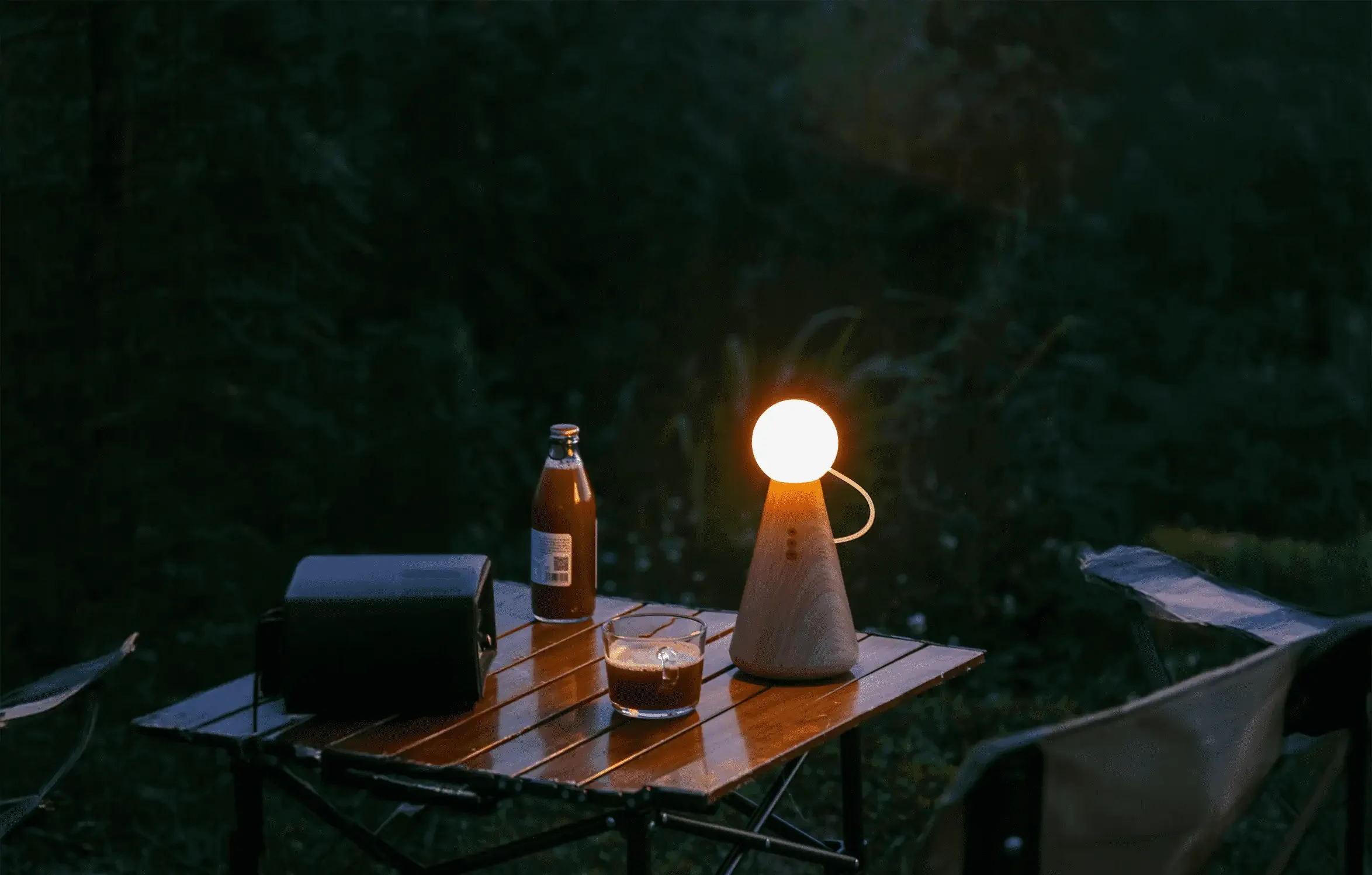From Paper to Light: A Methodology for the Physicalization of Creative Lamps
On the workbench of Tokyo designer Yosuke Kobayashi, a roll of discarded copper mesh and two sheets of acrylic transform into a starry sky lamp that breathes with music after 72 hours of reconfiguration. This creation confirms a fact: the threshold for manufacturing contemporary creative lamps has been reduced from “industrial-level” to “desktop-level.” Anyone who masters systematic thinking can turn their ideas into luminous entities.

I. Three-Dimensional Reconstruction of Creative Capture
- Technical Deconstruction: By using Fusion 360 to create a parametric model, the folding angles and LED spacing are automatically calculated.
- Material Experimentation: After testing five types of paper-based materials, it was found that DuPont Tyvek waterproof paper combines flexibility and translucency.
- Context Validation: Tested in a camping tent simulator, it was confirmed that the folded volume should be controlled within a diameter of 12 cm.
II. Three-Step Dimensionality Reduction for Prototype Manufacturing
III. Dynamic Iteration System with User Participation
In the maker workshop of Hangzhou Cloud Town, a desktop laser cutter is engraving the 47th version of a lampshade sample. When open-source hardware makes smart control modules readily available and 3D printing makes complex structures accessible, the physicalization of creativity is no longer a technical issue but a reconstruction of thinking patterns. As the slogan on the wall of the Philips Lighting Laboratory says: “Every great lamp began as a doodle on someone’s napkin.” At this moment, perhaps a line from your pen holds the magic to change the light and shadow of a space.